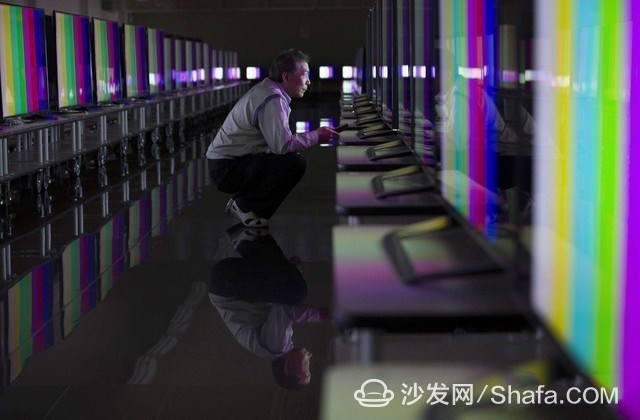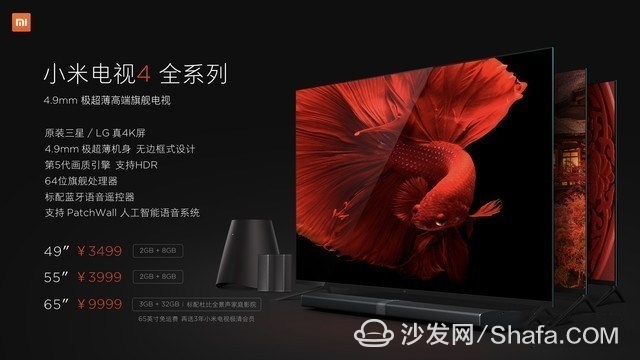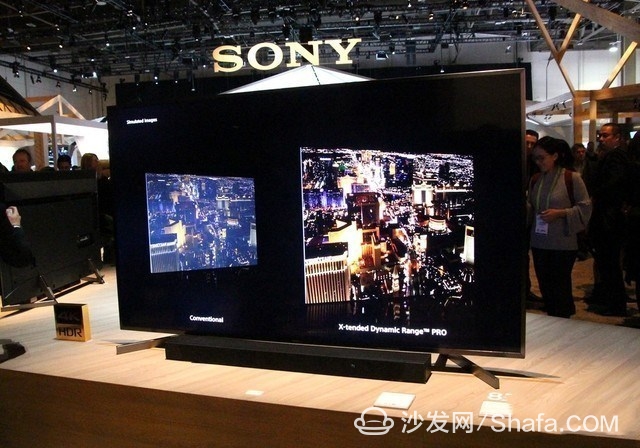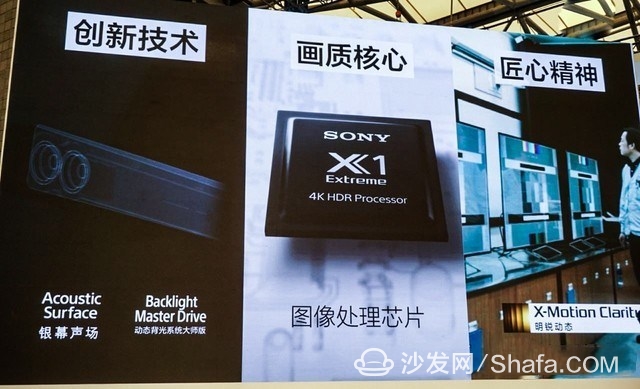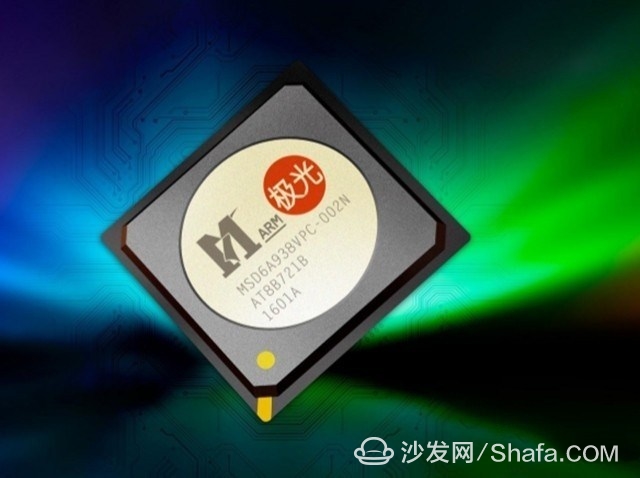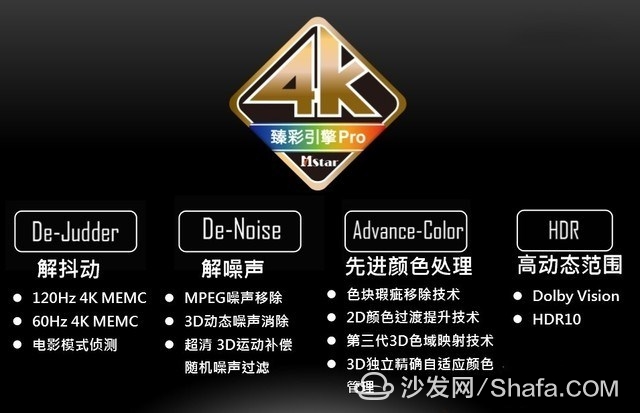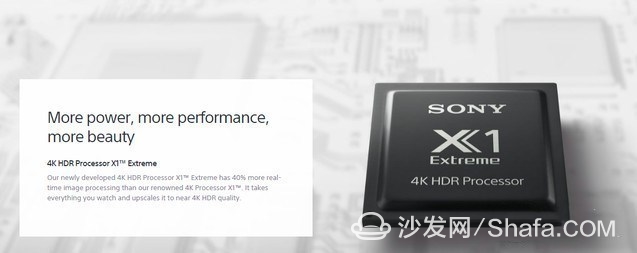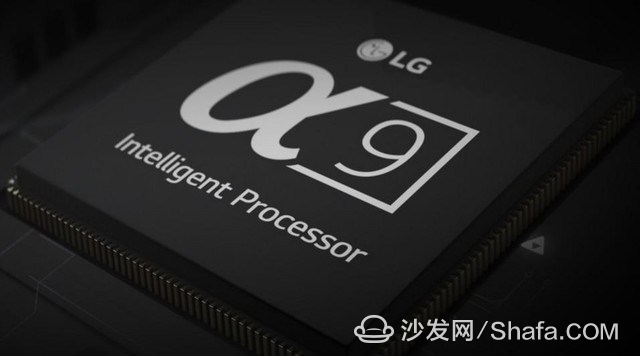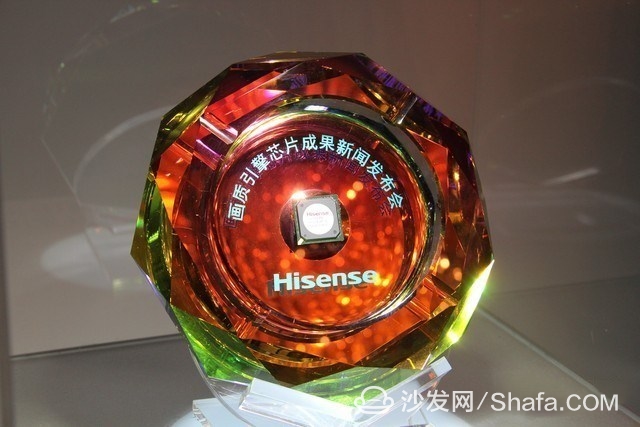Most consumers are most concerned about their image quality when they buy TV. There is also a popular phrase in the private sector. It is the concept of “buy TV first to look at the screenâ€. Usually we think that the better the screen, the better the picture quality will be. We will also see the merchants indicate that the TV has adopted the slogan of “an original imported panel†when buying a TV. Many people will use this as the standard for purchase. . However, when people bought home and watched it, they did not notice any obvious difference.
Will a good screen have excellent image quality?
The quality of the picture does not depend only on the screen. Xiaomi TV 4 has achieved a good sales record since its launch. The series of products has also become one of the most popular Internet TVs. Xiaomi’s products have always been very cost-effective. TV products are no exception. In addition to its high hardware configuration, Xiaomi TV 4 also indicated on its screen that the original imported screens were used, namely the original LG Display and the original Samsung screen. This touched the hearts of consumers.
Millet TV 4 full series uses original imported screen
Sony TV has always been a spokesperson for picture quality, and its persistence and pursuit of picture quality are well known. Although Sony itself produces screens, most of them will be used in prototypes, military and commercial applications, and will never be used in mass-produced TV sets. Sony LCD TVs use LCD screens produced by Chinese panel makers such as Chi Mei, AUO, and China Star Optoelectronics. They do not use LCD screens imported from their own screens or from many TV manufacturers.
Sony TV uses more Chinese-made screens
Millet and Sony TV can be counted as the representative brands in the current mid-to-high-end market, each with unique brand advantages, and both have accumulated a large number of user groups. However, in terms of core image quality alone, using domestically-made screens, Sony is undoubtedly more advantageous than using millet-based screens. I believe we have not questioned this. So why did this happen? The key lies in the TV image processing chip. Whether you use a domestic or imported screen, you want a true color, exquisite and clear high-quality performance. A good image processing chip is essential.
The screen is indeed an important factor affecting the picture quality of TV. Everyone is very clear about this, but the quality of the picture is not the only important factor. The TV image processing chip also affects the picture quality performance.
·What is the power of the TV picture quality chip?
Compared to many manufacturers promoting LCD panels, TV picture quality chips are somewhat obscure, because not all TV manufacturers have the ability to develop TV picture quality chips, so it will focus on the screen itself. However, in terms of the quality of TV core graphics, the role of TV-quality chips is not inferior to television screens, and even more important than the role of the panel.
TV image processing chip plays a crucial role in picture quality
The TV picture quality chip can be understood as a component of the video card in the host computer. It can process and repair the image signals and images in the signal. In the clarity, noise reduction, color enhancement, contrast enhancement, motion compensation and other aspects play a crucial role. At the same time, the video signal entered by the TV interface must be processed by the image engine, converted into a signal suitable for its own TV broadcast, and optimized accordingly, which can effectively improve the picture quality performance.
Don't Confuse ARM and Chips on TV Before we talked about not all TV manufacturers have the R&D capabilities of TV-quality chips, some manufacturers started to steal concepts and use ARM chips to replace TV-quality chips. Propaganda, while the main role of ARM's chips is to serve Android systems and video decoding.
TV ARM chip is more service Android system and video decoding
Of course, there are many ARM chips integrated with the image quality engine technology, but there are still some problems in improving the image quality, just like using a nuclear display to play the same effect as a stand-alone machine.
TV ARM chip seems to be incapable of improving the picture quality
Although the integrated image quality engine in the ARM chip can meet the simple image processing requirements, we must not think that this is a very powerful thing. In fact, this is just an all-in-one chip that integrates all interfaces, that is, as long as it is The same chip solution is the same as the underlying program connected to the TV. There are no features at all. What really makes sense is a TV-independent picture quality chip, a unique algorithm, and a powerful database, all of which require television manufacturers to invest significant effort and cost in R&D.
• Not all vendors have the ability to develop a picture quality chip For the development of the TV picture quality chip, a large amount of front-end video material information needs to be collected to form a database, which serves the back-end image processing chip. With different materials, it can be produced according to the information of a large database. Corresponding image processing algorithm. For example, to treat different resolutions, different streams, different shades, different shade screens, you need to find the corresponding algorithm from the database to optimize. This requires a good understanding of the hardware and content, for those TV manufacturers that do not have R&D capabilities. It's hard to do.
Representative manufacturers: Sony, Samsung, LG, Hisense Sony X1 image processing chip advanced version:
At present, Sony's flagship TV products are equipped with an advanced version of the X1 image processing chip. This chip is mainly composed of three core technologies: HDR dynamic item-by-item remodeling technology, dual-image database, and 4K HDR 14-bit smooth gradient technology. , Precision repair and optimization of three aspects of TV color, clarity and HDR.
Sony X1 image processing chip advanced version
HDR dynamic item-by-item remodeling technology detects and analyzes each object in the frame frame by frame and gives the best optimization algorithm. After optimization, the image engine performs HDR shading adjustment according to the overall image contrast. The dual-image database is mainly used for noise reduction processing, and can realize the recognition of different elements in the foreground and background of the image, and then compares and analyzes the large image database for noise reduction processing. The 4K HDR 14-bit smooth gradation technology analyzes the image frame by frame and performs 14-bit smoothing on the image to fully optimize the gradation and achieve a lower gradation, making the color transition natural.
Samsung 8K AI TV chip:
At the just-concluded First New York New York conference, Samsung brought the world’s first 8K AI TV chip, through Samsung’s Machine Learning Super Resolution (MLSR) technology, and through AI artificial intelligence painting both high and low versions of the same content. Quality analysis, learning the technical differences between the two, and the formation of a huge database. Based on this analysis, MLSR will provide the best filter effects to achieve optimization of all input content in terms of brightness, blackout, blur, and other issues, and convert low-resolution images into high-resolution 8K effects.
Samsung 8K AI TV chip expected to be applied to QLED TV in the second half of 2018
With Samsung's new 8K AI chip, the TV will automatically analyze the characteristics of the content being played. For example, when you watch a movie with a musical performance, AI artificial intelligence technology will strengthen the music part and let you gain the same character as the movie. Visit the on-site experience. When the performance was over, everyone in the movie applauded and applauded, and you seemed to be among the thousands of spectators, immersed in thunderous applause. When the protagonist speaks, AI artificial intelligence technology will also be optimized to ensure that every sentence lines are clearly transmitted.
LG new α9 TV chip:
The LG α9 TV chip has been improved in both image processing and AI. First, in image processing, the α9 chip supports high frame rates of 120 frames per second. It can also effectively eliminate picture noise and automatically analyze and perceive the image quality. Elements, through the quadruple noise reduction technology, to remove the picture of the early and ripple, so that the picture is more clear and bright; the same time α9 chip can also separate the background and the main picture, the main body of the contrast of light and shade, highlight the distance, enhance the three-dimensional sense of the picture; It is also an important part of the picture quality. The α9 chip makes the color accuracy of LG TV 49 times better, showing a more abundant and pure color performance.
LG α9 TV chip
In terms of AI artificial intelligence, the α9 chip can better understand the natural language voice commands issued by the user and adapt to Google Assitant Assistant. The user can tell him what you want to do like chatting with friends, and does not need to use a broadcasting chamber to send commands without a glance. At the same time α9 chip also supports some advanced commands, for example you can tell it to automatically shut down when a program ends.
Hisense Hi-View Pro TV chip:
Making TV without its own chips is always a second-rate enterprise. This is what Mr. Zhou Houjian, chairman of Hisense, announced when he released China's first self-developed TV chip Hi-View Pro at the end of 2015. His quality chip developed by Hisense is not only the first TV chip in China, but also can significantly improve the dynamic range, dynamic contrast, color gamut, sharpness, and smoothness of the LCD TV picture. It is the national high-end nuclear high-end. Industrialization of chips.
China's first self-developed TV chip - Hisense Hi-View Pro
The Hi-View Pro picture quality engine chip has dozens of autonomous algorithms and IP, and the circuit scale is in the order of 50 million gates, which means that the number of logic gates contained in the chip can be understood as an indicator of computing power and manufacturing process. The number has reached 200 million. On the display side, the Hi-View Pro picture quality engine can be used in conjunction with Hisense's unique ULED display technology to further enhance the picture quality performance of Hisense ULED TVs. At present, this chip is widely used in high-end television products of Hisense.
Written at the end:
The role played by TV chips for picture quality is somewhat greater than the screen itself. Of course, the author does not deny that good screens can indeed add value to picture quality. High-quality panels are more excellent in terms of backlight control and light transmittance. If the backlight components in the LCD panel are not good enough, even the top quality chips will still see significant light leakage, and excellent image quality performance will be impossible. Talking about it, the TV screen and the image processing chip are more complementary to each other.
Smart TV/box information can focus on smart TV information network sofa butler (http://), China's influential TV box and smart TV website, providing information, communication, TV boxes, smart TVs, smart TV software, etc. Answering questions.
Industrial and Medical Display
There are many kinds of LCD classification standards, which can be divided into passive matrix and active matrix according to the driving mode
Passive matrix: Passive matrix LCD can be divided into TN-LCD(TwistedNematic LCD), STN-LCD(SuperTN-LCD) and DSTN-LCD(Doublelayer STN-LCD).
Active matrix: Active matrix LCD, also known as TFT-LCD, is widely used at present. Tft-lcd is short for thin-filmliquid-Crystal Display
The TFT-thin Film Transistor
Liquid Crystal Display
Short for TFT-LCD Liquid-CrystalDisplay
Tft-lcd has been widely used in various display equipment due to its advantages of small size, light weight, low radiation, low power consumption and full color.
Functions of TFT-LCD structure
(1) Backlight plate module: provide the source of light;
(2) Upper and lower polarizing plates, TFT Glass Substrate, liquid crystal: forming polarized light, controlling the passage of light;
(3) Color filters: Provide TFT LCD red, green and blue (three primary colors of light) sources;
(4) ITO transparent conductive layer: provide transparent conductive path;
(5) Photo Spacer: Provide a fixed height for color filters and TFT Glass Substrate. As a space for liquid crystal infusion, and as a support for the upper and lower Glass layers.
Medical Display,Medical Lcd Monitor,Medical Monitor,Medical Grade Monito
TONYA DISPLAY LIMITED , https://www.tydisplay.com
